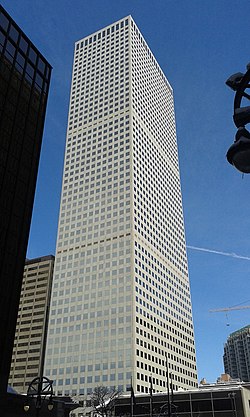The following is a timeline of the history of the city of Denver, Colorado, United States, from its founding in 1858 to the present.
The following is a timeline of the history of the city of Denver, Colorado, United States, from its founding in 1858 to the present.

















{{cite book}}: CS1 maint: publisher location (link)